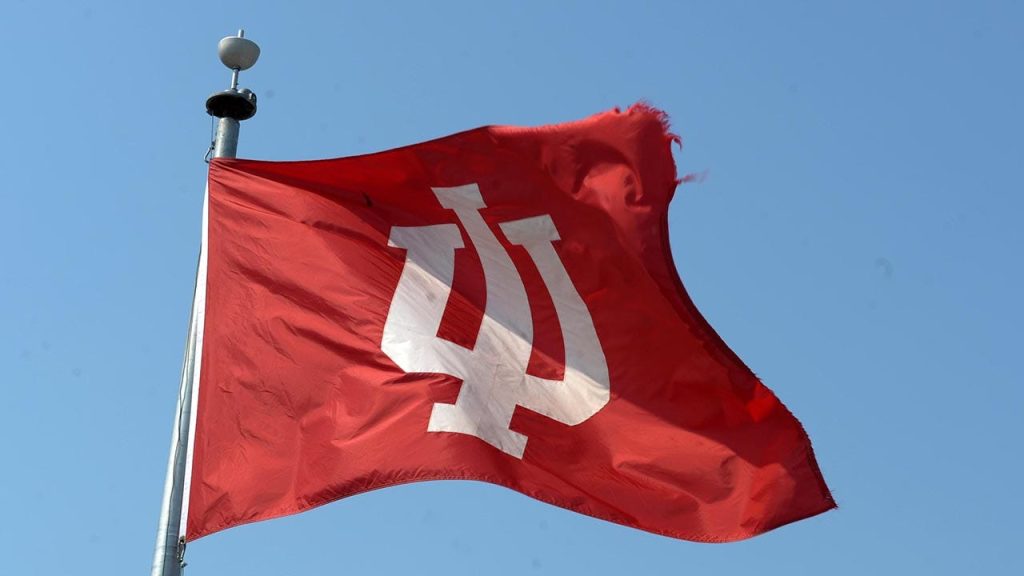This case revolves around accusations of sexual abuse against Dr. Bradford Bomba Sr., a former team doctor for the Indiana University men’s basketball team, spanning from the 1960s to the late 1990s. Three former players, Haris Mujezinovic, Charlie Miller, and John Flowers, have come forward with allegations detailing unnecessary and invasive prostate exams conducted by Bomba. The lawsuit, initially filed by Mujezinovic and Miller in October, has now been amended to include Flowers and implicates longtime trainer Tim Garl for his alleged awareness and complicity in Bomba’s actions. The players allege that these examinations were not medically necessary and constituted sexual abuse.
The lawsuit paints a disturbing picture of a culture of silence and normalization of abuse within the Indiana basketball program. Flowers claims that his teammates informed him about Bomba’s “test,” implying that the rectal exams were a routine practice. Furthermore, the lawsuit alleges that Garl was not only aware of these exams but also participated in making light of the situation, joking with the players about their experiences. This suggests a systemic issue where the abuse was not only perpetrated by Bomba but also tolerated and even normalized by other members of the coaching staff. The players’ attorney, Kathleen Delaney, estimates that Bomba may have abused as many as 100 athletes during his tenure at the university, highlighting the potential scope and gravity of the situation.
The details of the alleged abuse are deeply troubling. The players claim that Bomba routinely conducted digital rectal examinations under the guise of medical necessity, despite these procedures not being warranted. Mujezinovic and Miller, who played in the 1990s under legendary coach Bobby Knight, have echoed Flowers’ claims, stating that Bomba subjected them to similar unnecessary procedures. The lawsuit asserts that discussions of Bomba’s “routine sexual assaults” were commonplace in the locker room, even in the presence of assistant coaches, trainers, and other staff members. This suggests a pervasive atmosphere of fear and intimidation, where players felt unable to report the abuse.
The university’s response has been limited to an independent review initiated in September, declining further comment on the ongoing litigation. This silence, coupled with the alleged inaction during the period of Bomba’s employment, raises questions about the institution’s responsibility in protecting its student-athletes. Bomba himself has invoked his Fifth Amendment right against self-incrimination during a deposition, refusing to answer questions related to the accusations. Garl’s attorney has also not responded to requests for comment, leaving a void of information from the accused parties.
The three former players have publicly expressed their motivations for coming forward, emphasizing the importance of holding perpetrators accountable and protecting future athletes. Mujezinovic stated his intent to stand up for all student-athletes who have suffered abuse, hoping that more former teammates will come forward with their own stories. Miller expressed his disbelief at the university’s failure to protect the players, highlighting the institutional responsibility in addressing such issues. Flowers echoed these sentiments, expressing pride in taking a stand for himself and his teammates in seeking justice for the alleged abuse.
This case represents a significant moment of reckoning for Indiana University and the broader collegiate sports landscape. The allegations raise critical questions about the power dynamics between athletes and medical staff, the responsibility of institutions to protect their students, and the long-term impact of abuse on survivors. The ongoing legal proceedings and potential testimonies from other former players will likely shed further light on the extent of Bomba’s alleged misconduct and the culture that allowed it to persist. The players’ bravery in coming forward could potentially pave the way for greater accountability and improved safeguards for student-athletes in the future.

